Top Fuel dragsters are astonishing feats of engineering, reaching speeds over 330 mph in less than four seconds. These incredible machines epitomize the peak of drag racing performance, crafted for speed and precision. Let’s delve into the elements that propel Top Fuel dragsters to such extraordinary velocities.
Engine Power and Design
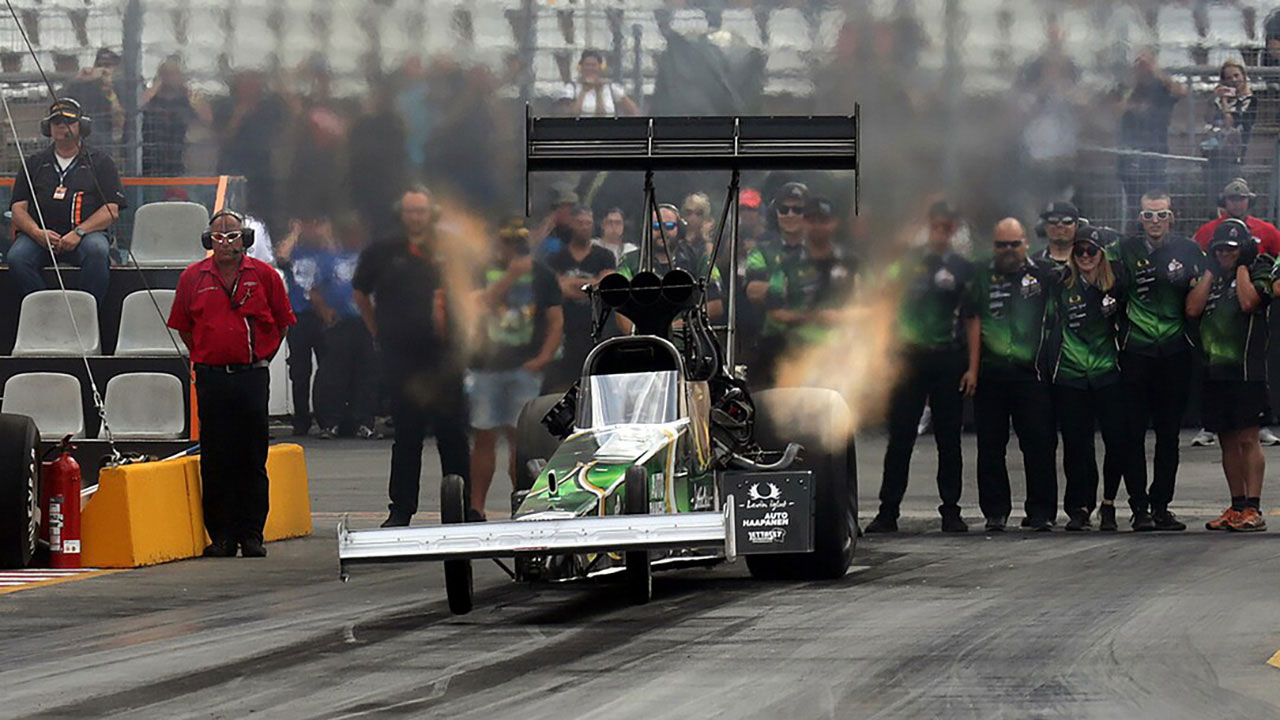
Hemi Engine Configuration
The heart of a Top Fuel dragster is its powerful engine, typically a 500 cubic inch Hemi V8. This engine design is renowned for its hemispherical combustion chambers, which allow for larger valves and improved airflow. The result is an engine capable of producing more than 11,000 horsepower. This extraordinary power output is crucial for the rapid acceleration that defines Top Fuel drag racing.
Supercharger Technology
Complementing the engine’s design is the use of a supercharger, which forces more air into the combustion chambers. This increased air, combined with a precise mixture of fuel, significantly boosts power. The supercharger ensures that the engine receives a continuous supply of compressed air, maximizing the energy produced during combustion. This technology is indispensable in achieving the blistering speeds seen on the drag strip.
Nitromethane Fuel
Nitromethane fuel is another critical component in the performance of a Top Fuel dragster. Unlike conventional gasoline, nitromethane can burn with less oxygen, allowing more fuel to be used in each combustion cycle. This results in a higher energy output, propelling the dragster to incredible speeds. The use of nitromethane is a defining feature of Top Fuel racing, enabling these vehicles to outperform any other class in terms of raw acceleration.
Aerodynamics and Weight
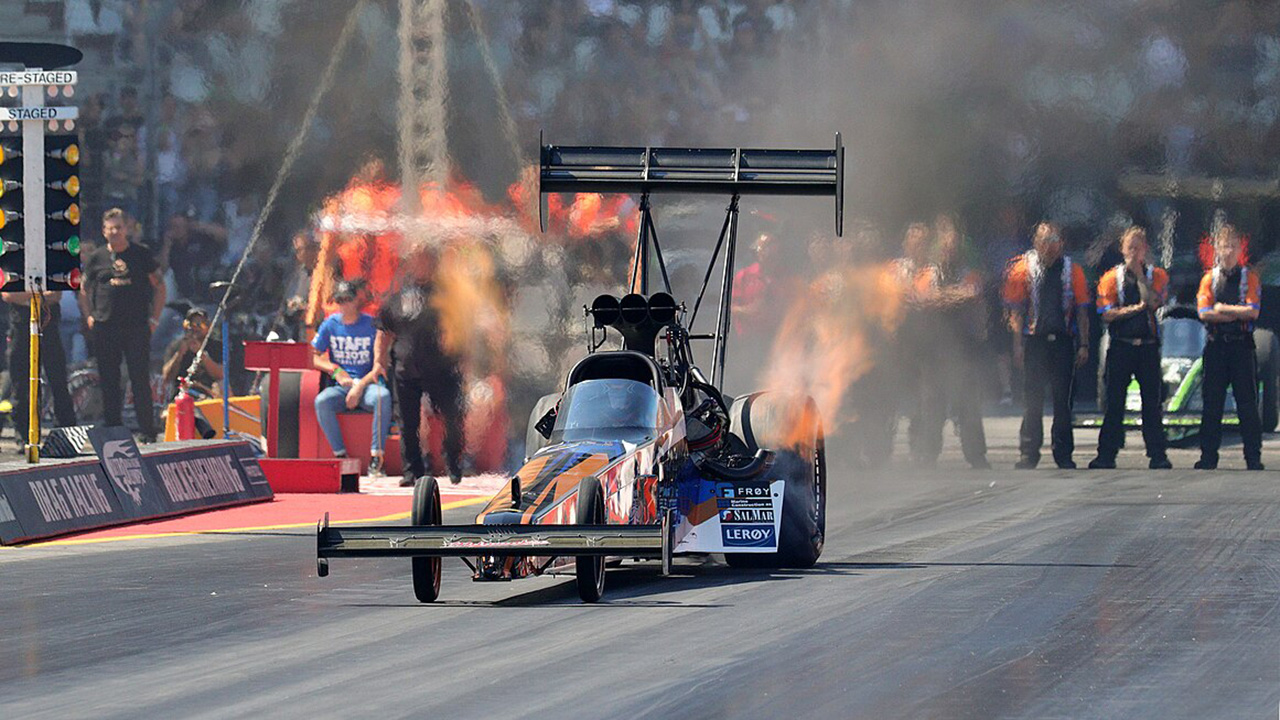
Streamlined Chassis Design
The aerodynamic design of a Top Fuel dragster is essential for minimizing air resistance. The elongated, slim profile of the chassis is designed to cut through the air efficiently, reducing drag and allowing the vehicle to reach maximum speed quickly. This streamlined design is the product of years of research and development, as engineers strive to find the perfect balance between speed and stability.
Lightweight Materials
To achieve the best possible performance, Top Fuel dragsters are constructed using advanced materials like carbon fiber. These materials offer a significant reduction in weight without sacrificing strength, enabling the vehicle to accelerate faster and maintain structural integrity under extreme conditions. The use of lightweight materials is a fundamental aspect of modern drag racing technology.
Downforce Generation
Generating downforce is crucial for maintaining stability at high speeds. The design of the dragster includes large rear wings and other aerodynamic elements that create downforce, helping to keep the vehicle firmly planted on the track. This downforce is essential for ensuring that the tires maintain optimal contact with the road surface, allowing for maximum acceleration and control.
Tire Technology
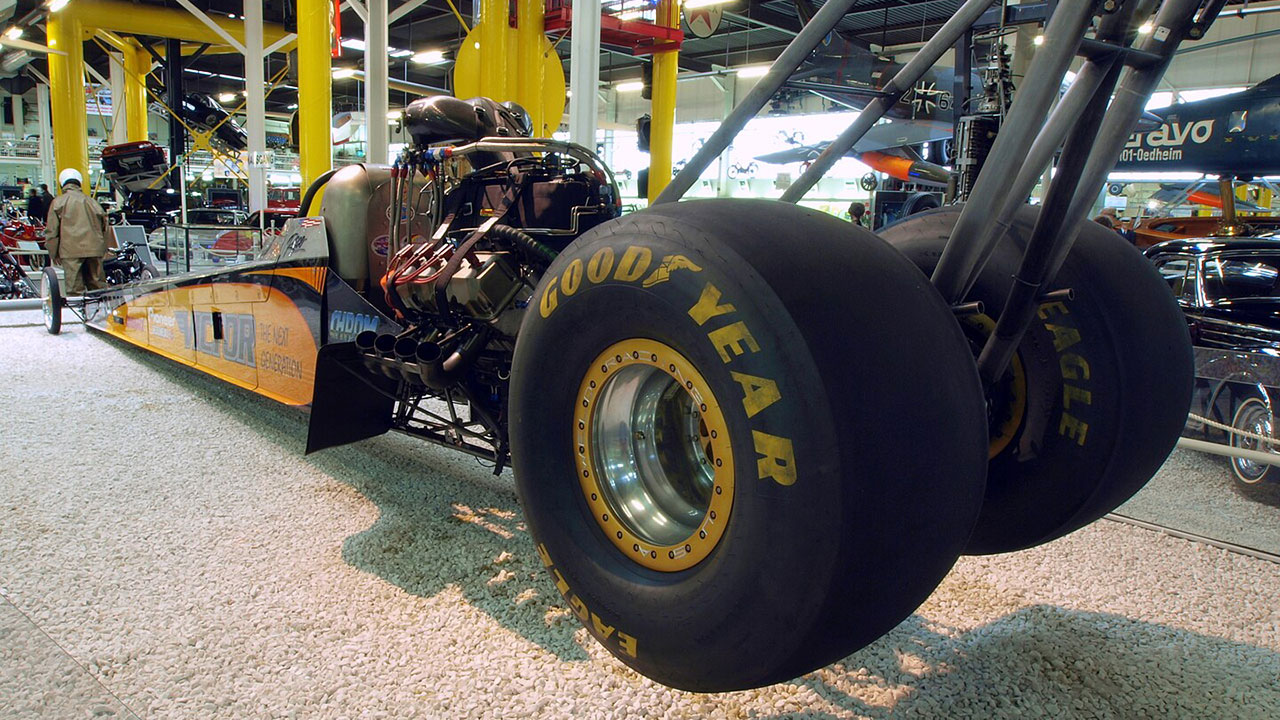
Specialized Tire Construction
The tires of a Top Fuel dragster are specially designed to withstand the immense forces experienced during a race. Made from unique rubber compounds, these tires provide the necessary grip to transfer the engine’s power to the track. The construction of these tires is a marvel in itself, as they must endure tremendous acceleration without failing.
Tire Warm-up Techniques
Before a race, drivers perform a tire warm-up routine known as a burnout. This process heats the tires, improving their grip on the track. The warm-up is a critical step in preparing the tires for the extreme conditions of a drag race, ensuring that they can deliver the performance needed for a successful run.
Grip and Flexibility
The flexibility of drag racing tires is another key factor in their performance. These tires are designed to expand under pressure, increasing the contact patch with the track. This expansion allows for better traction and stability, enabling the dragster to maintain control at high speeds. The combination of grip and flexibility is vital for the rapid acceleration that defines Top Fuel drag racing.
Driver Skill and Reaction Time
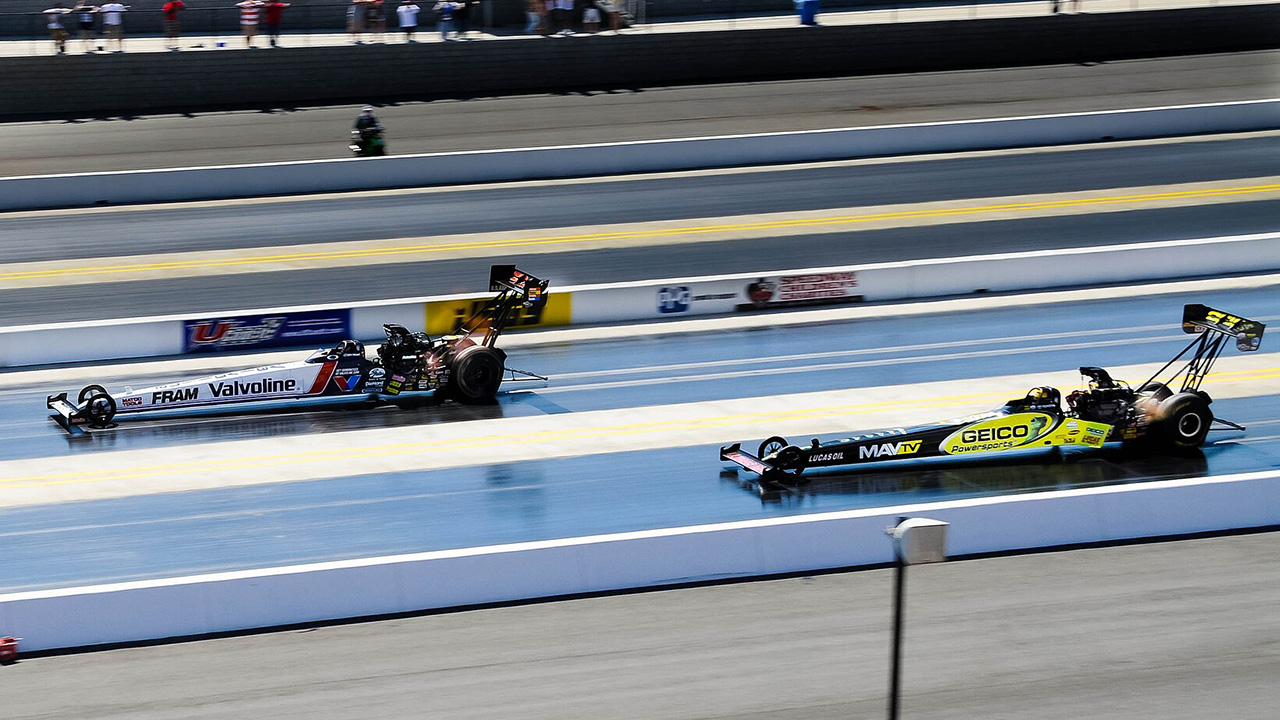
Training and Experience
Driving a Top Fuel dragster requires exceptional skill and experience. Drivers undergo rigorous training to handle the intense acceleration and speed of these vehicles. Their ability to control the dragster and make split-second decisions is paramount to success on the track. The experience gained from countless hours of practice equips drivers to navigate the challenges of competitive racing.
Split-second Decision Making
In drag racing, every fraction of a second counts. Drivers must have lightning-fast reflexes to react to changing conditions and make crucial decisions during a race. The ability to remain calm and focused under pressure is essential, as even the smallest mistake can cost valuable time.
Mental and Physical Preparation
The demands placed on drag race drivers are both mental and physical. They must be in peak physical condition to withstand the forces exerted on their bodies during a race. Mental preparation is equally important, as drivers need to maintain concentration and focus from the moment they step into the vehicle. The combination of mental and physical preparedness is what allows drivers to perform at their best.
Safety Innovations
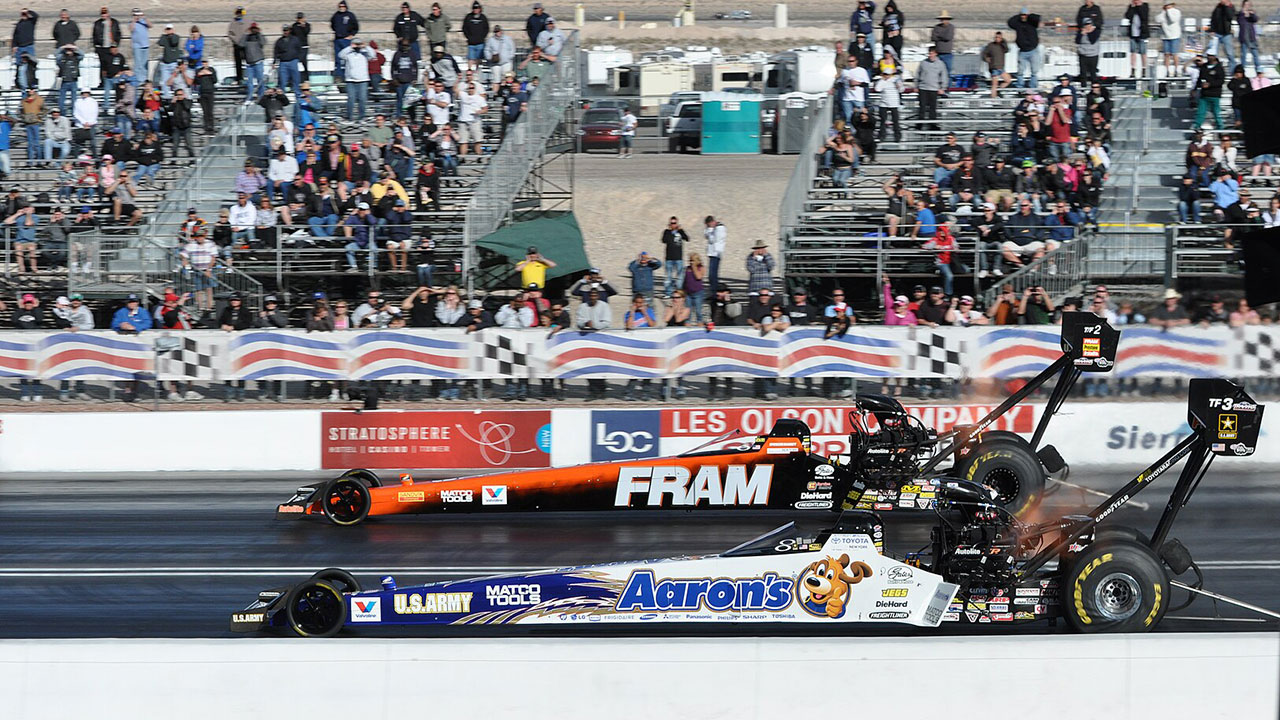
Advanced Safety Gear
Safety is a top priority in drag racing, and drivers are equipped with advanced safety gear to protect them in the event of an accident. Helmets, fire suits, and other protective equipment are designed to withstand extreme conditions and provide maximum protection. This gear is constantly evolving, with new technologies being developed to enhance driver safety.
Emergency Systems
Top Fuel dragsters are equipped with sophisticated emergency systems, including onboard fire suppression and quick-release mechanisms. These systems are crucial for ensuring driver safety in the event of a crash or fire. The ability to quickly exit the vehicle can be the difference between life and death, making these systems an essential component of drag racing safety.
Regulatory Standards
The National Hot Rod Association (NHRA) sets strict regulations to ensure the safety of both drivers and spectators. These standards cover everything from vehicle design to track conditions, providing a framework for safe and competitive racing. Compliance with these regulations is mandatory, reflecting the NHRA’s commitment to maintaining the highest safety standards in the sport.
Like Fast Lane Only’s content? Be sure to follow us.
Here’s more from us:
*Created with AI assistance and editor review.

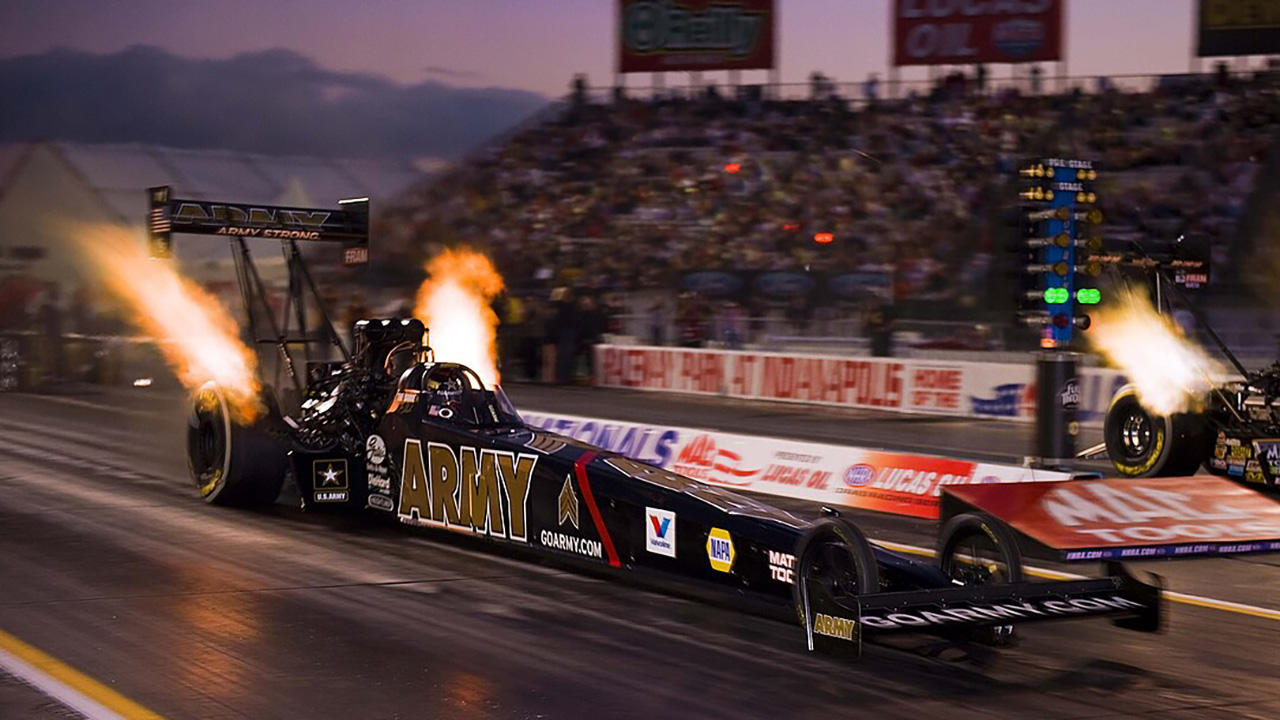

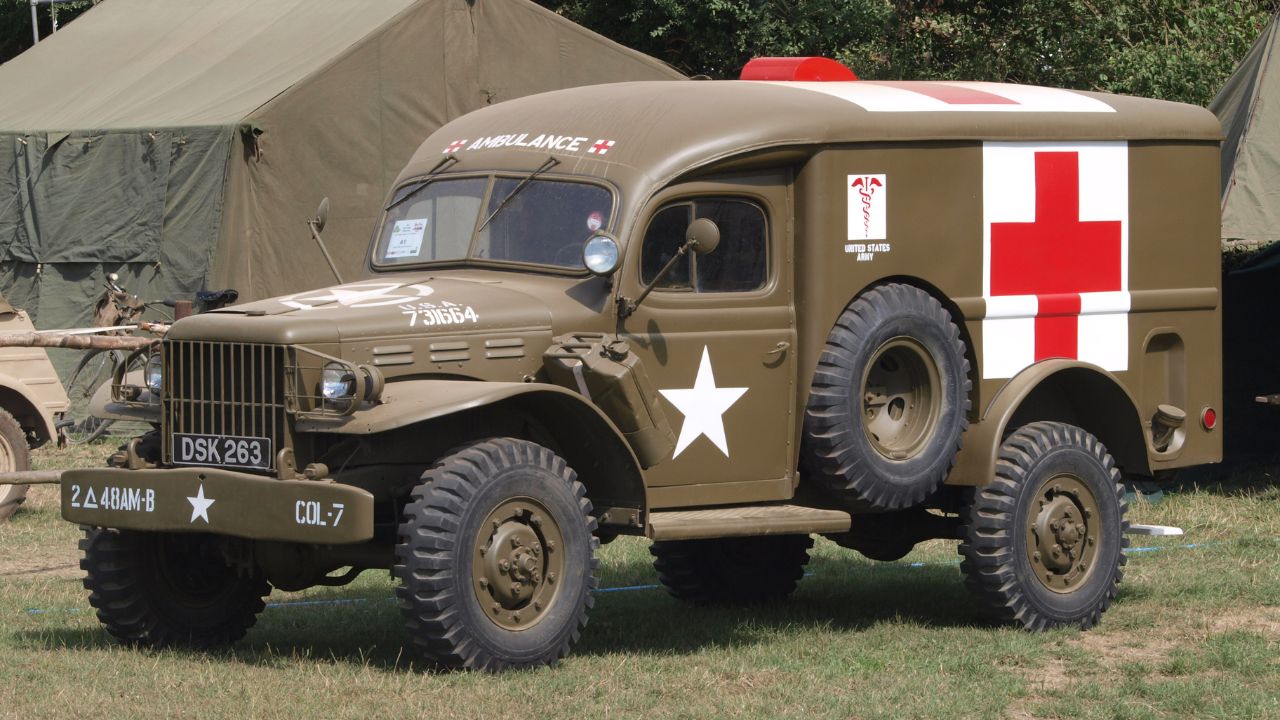
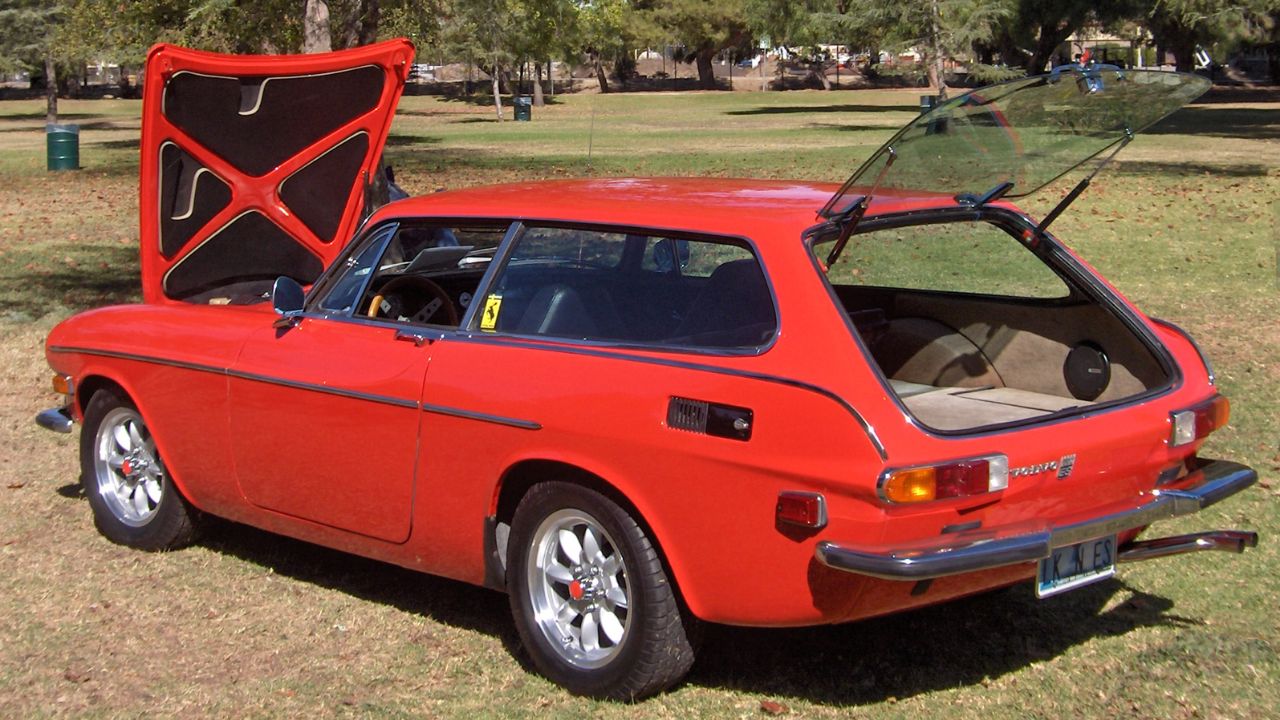
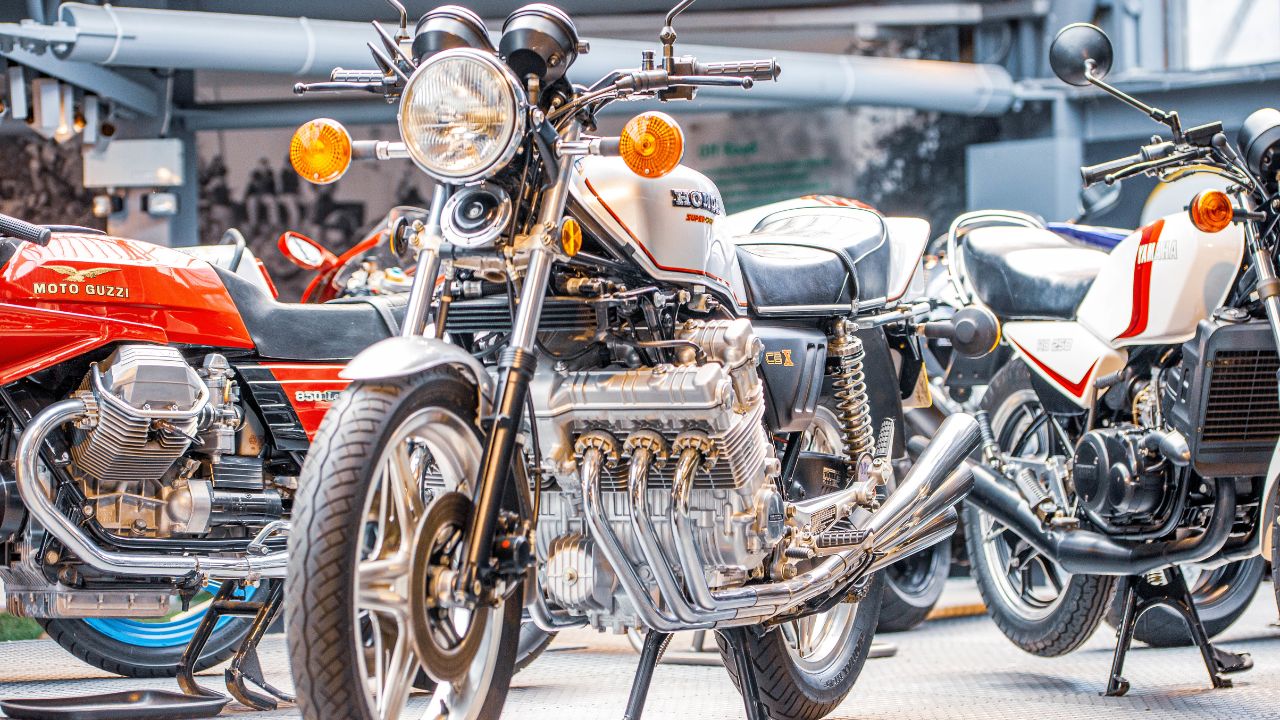

Leave a Reply